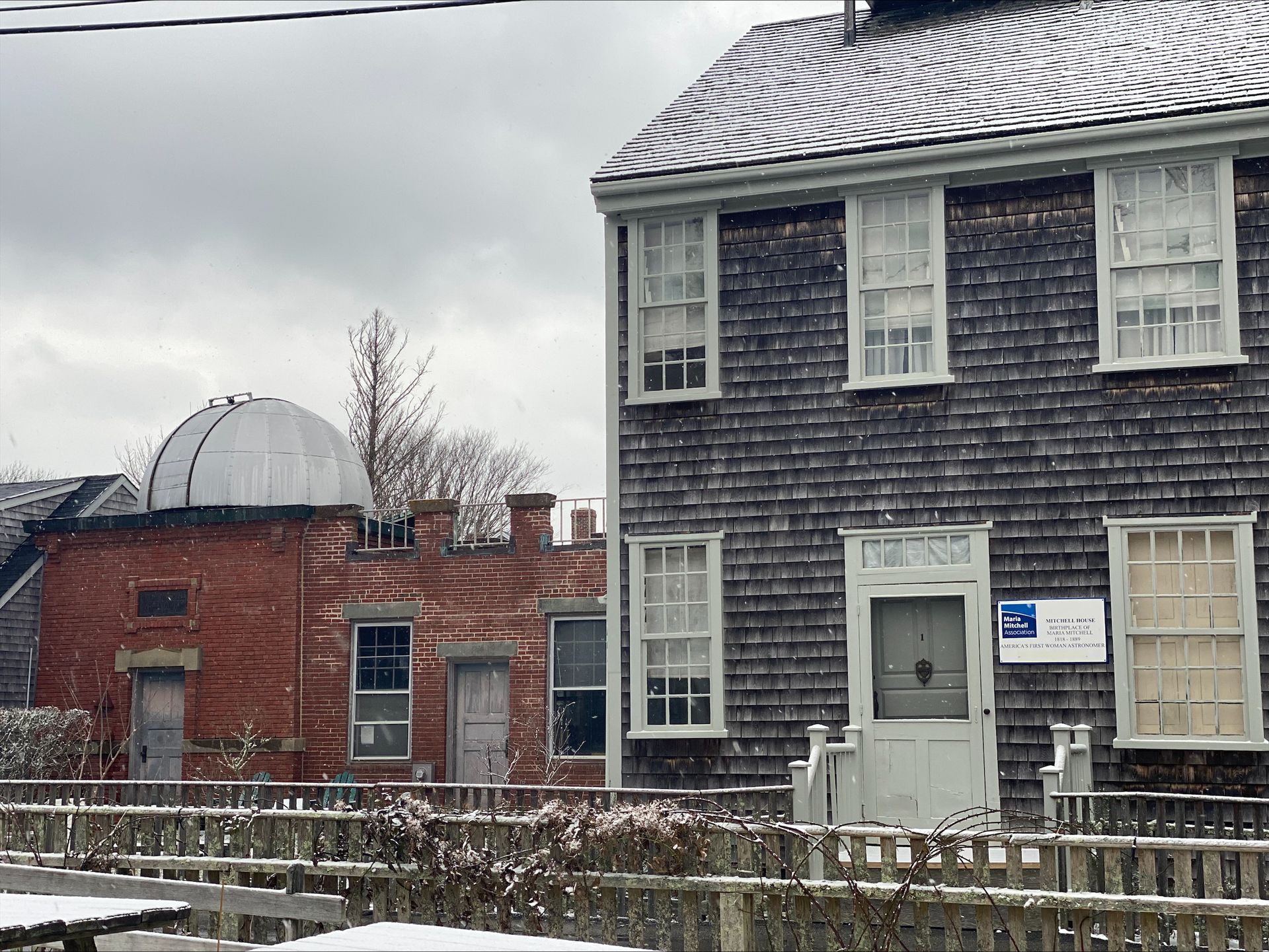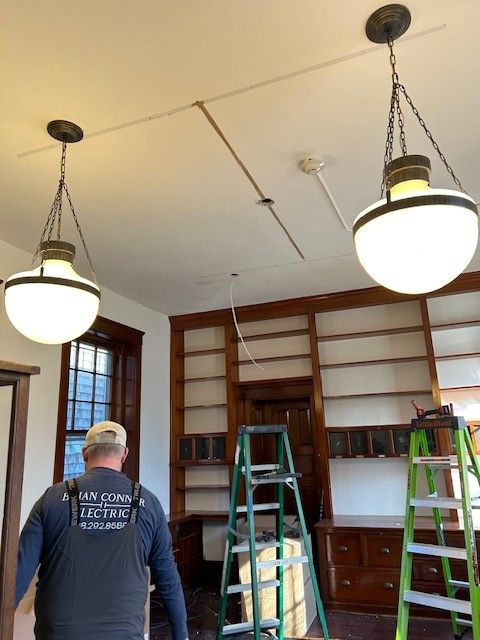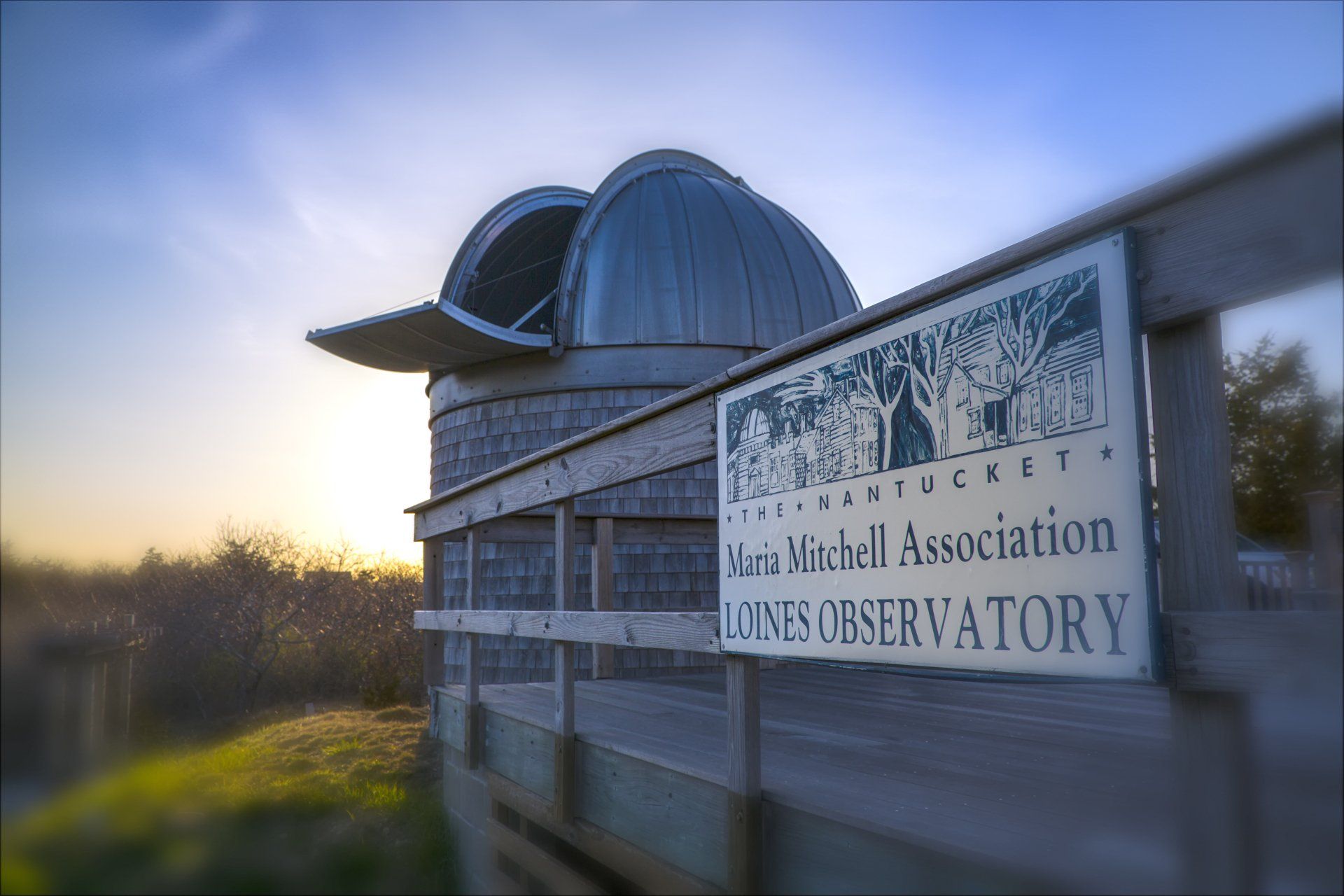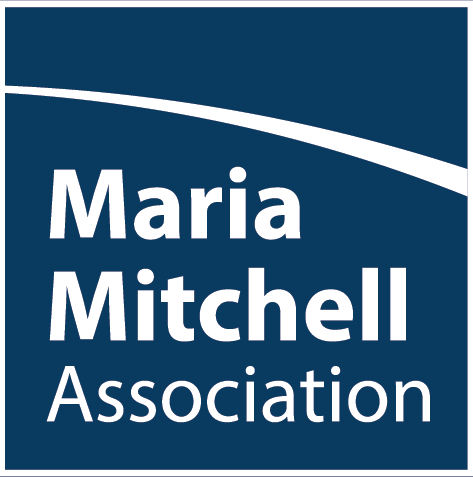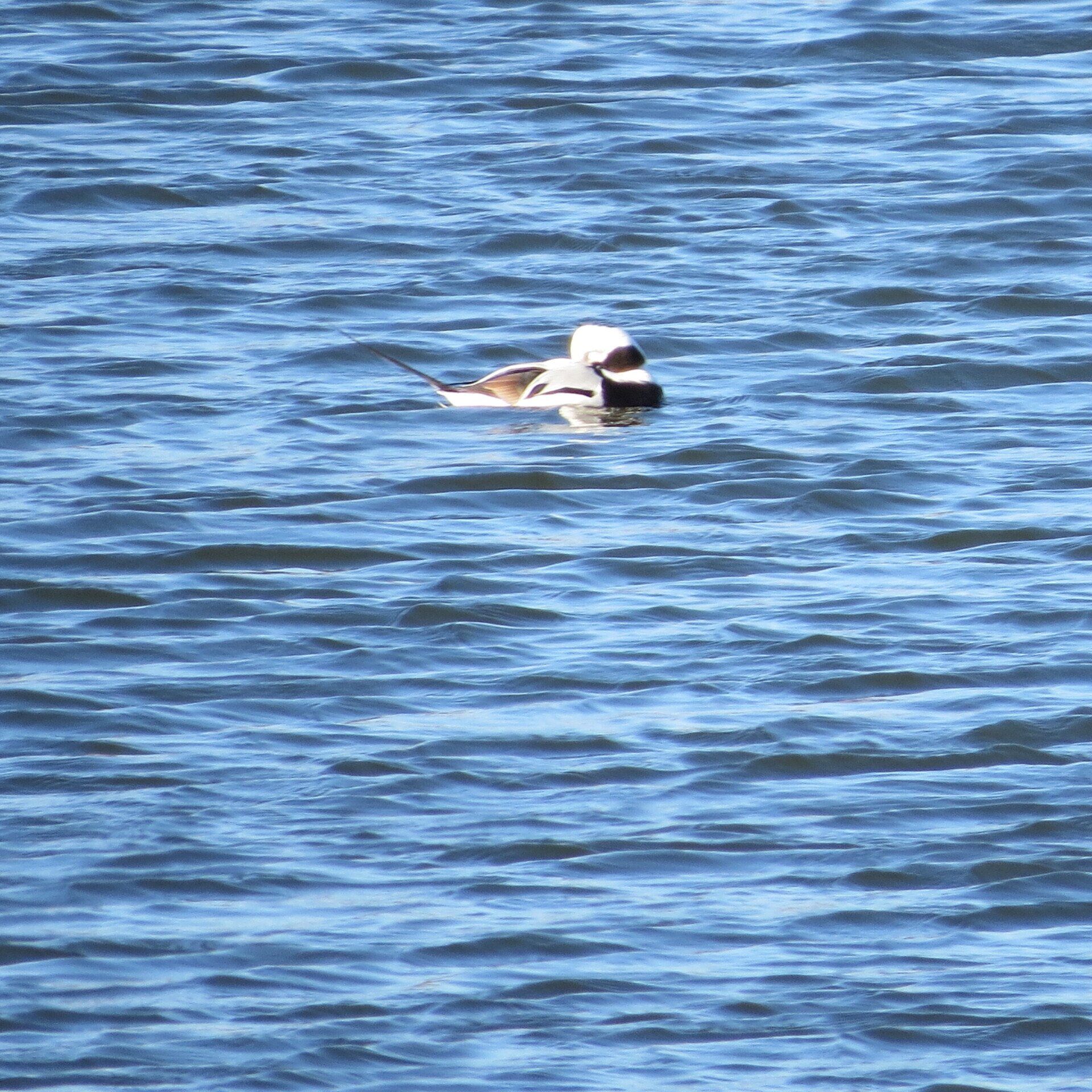Keep Calm and Bird On: April 2022
“If you don’t look, you don’t see. You have to go and look.”
-Edith Andrews
The arrivals and departures only increase as spring progresses. We continue to watch recently arrived American Oystercatchers, Ospreys and Piping Plover.
But it is still worth getting in those last looks at the winter sea ducks: Black, White-Winged and Surf Scoters, not to mention Bufflehead, Harlequin and Long-tailed Ducks. Long-tailed Ducks—some of us who are older remember them as “Oldsquaws”—are particularly of interest as their numbers have varied so much over time. The huge flocks of the mid-1980’s and early 2000’s have not been seen for the last few years. And as a pelagic species, spending much time out of sight of land, it is difficult for researchers to get an accurate sense of how many there are. We do know that the big flights of yore coincided with big concentrations of food, in the form of gaminid amphipods, on a shoal about 50 miles southeast of Nantucket. Almost 10% of the estimated world population passed by our shores, going by the north shore and Great Point in the morning, returning back along the south shore and Madaket in the afternoon, and cutting overland sometimes in the fog, yodeling their haunting calls as they flew over. We count them one by one just now, to find out how many are still around here.
And for sheer enjoyment, listen for the eerie keening of Black Scoters, gathering in large rafts off Sconset to prepare for migration. Their voices were supposed to be part of the origin of that mythical beast, the Tuckernuck Yo-ho. And enjoy watching behaviors: many of the northern ducks are pairing up here or along the way. Watch for feisty courtship displays: head-bobbing, yodeling, bowing, synchronized swimming, and a lot of splashing.
Recent Posts
